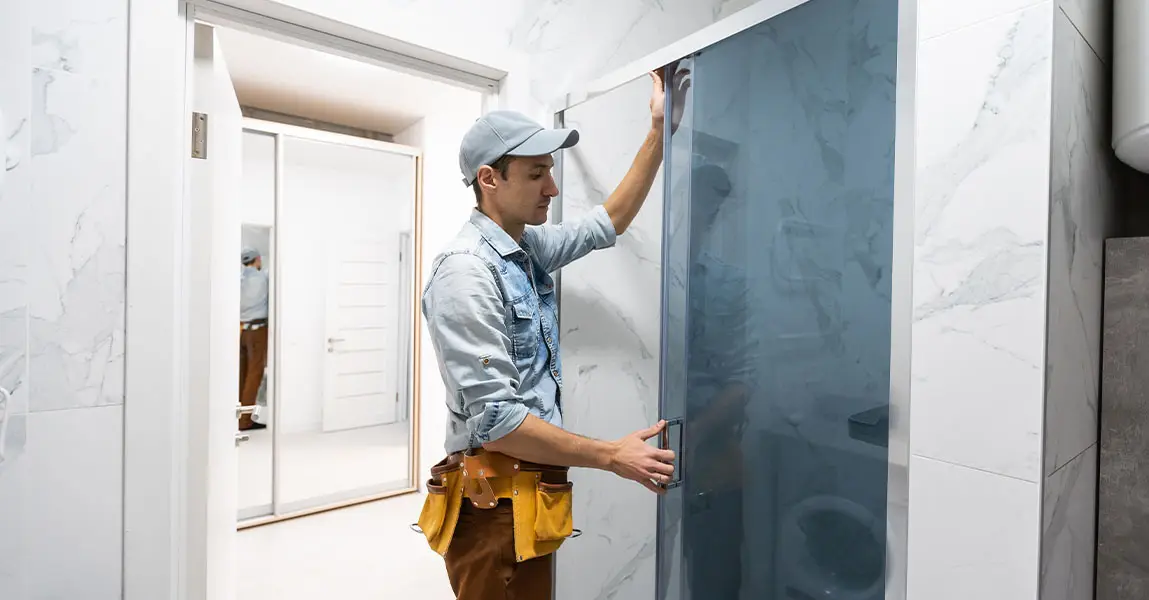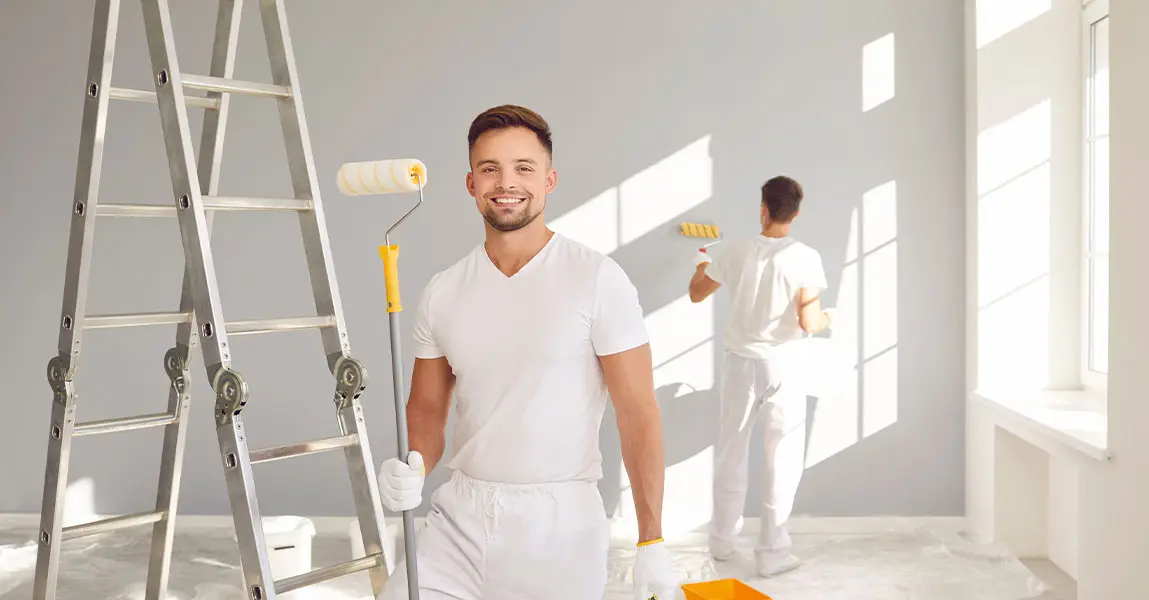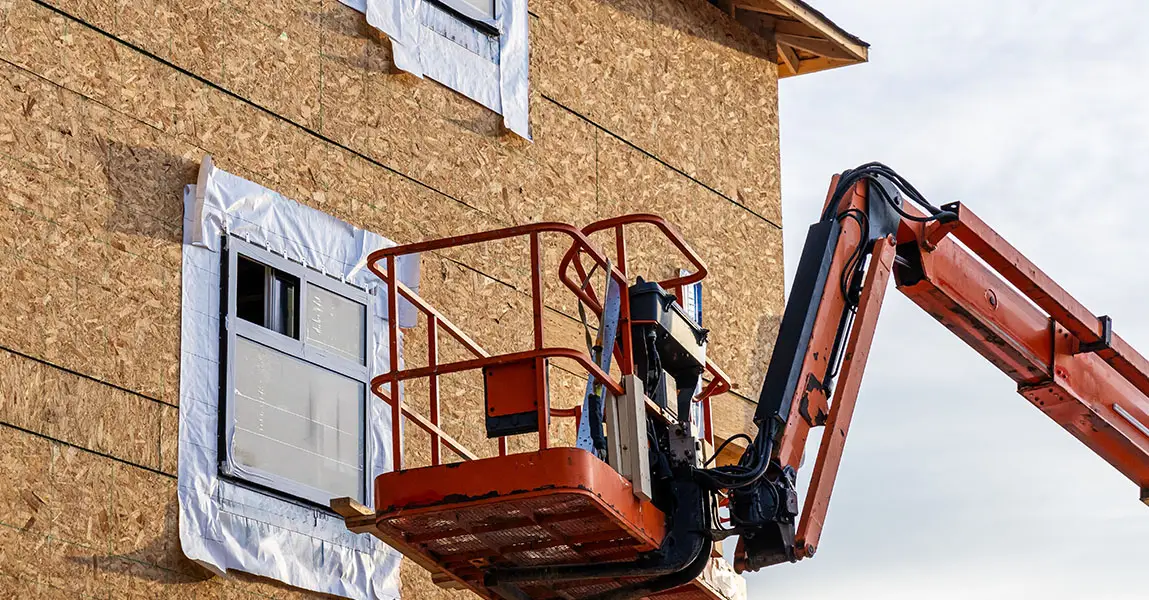Bathroom renovations are exciting projects, but they can quickly become stressful when common mistakes are overlooked. We often see people dive into these upgrades without fully preparing for the details that make the space both functional and long-lasting. To make sure you get the most out of your renovation, let’s explore the errors to avoid and how our team at Envirotech approaches these challenges with care.
Ignoring Proper Planning
Planning forms the backbone of any renovation. Without a clear layout and timeline, even the best ideas fall apart. Some people start with design inspiration but forget to measure accurately or account for plumbing and electrical work. This oversight often results in last-minute changes that increase costs.
We always recommend starting with a realistic budget and a full checklist of priorities. Think about storage, ventilation, and lighting at the very beginning. If those elements are overlooked, fixing them later can be expensive and frustrating. By focusing on planning first, we help ensure the project stays on track and stress levels remain low.
Choosing the Wrong Materials
Every bathroom faces constant moisture, so material selection must be made carefully. Many homeowners make the mistake of using standard drywall or wood flooring, which can absorb water and deteriorate. Similarly, cheap fixtures often corrode or leak after only a short time.
We suggest investing in waterproof materials like cement board, porcelain tile, or engineered stone. They hold up well against humidity and last for many years. Even small items like grout need attention. For example, using epoxy grout instead of cement-based grout provides far better resistance to water damage. Long-term durability always outweighs the short-term savings of cheaper choices.
Overlooking Ventilation
Ventilation may not seem as exciting as tile designs or faucets, but it plays one of the most important roles in a bathroom. A poorly ventilated space traps moisture, which leads to mold, peeling paint, and structural damage. Many people install fans that are too weak for the size of the room or forget to use them altogether.
We always recommend calculating the right fan capacity for the space. A fan should exchange the full volume of air in the bathroom at least eight times an hour. Placing it in the right location also matters. Ideally, it should be installed near the shower or tub where humidity levels peak. This small step prevents major repairs later.
Ignoring Storage Needs
It is common for homeowners to focus heavily on style while forgetting about storage. A beautiful bathroom without space for toiletries quickly becomes cluttered. Shallow vanities, tiny medicine cabinets, or no shelving at all make daily routines frustrating.
Our advice is to plan storage into the design early. Consider custom vanities with drawers, built-in shelving, or recessed niches in the shower. These practical additions keep the bathroom organized and functional. It is also wise to think ahead about who will use the space. For example, a family bathroom will always need more storage than a guest bathroom.
Poor Lighting Choices
Lighting can transform a bathroom, but it is often an afterthought. Relying on a single ceiling fixture leaves shadows in the mirror and creates an uninviting atmosphere. Bright lights in the wrong place can also feel harsh and uncomfortable.
We recommend a layered approach to lighting. Start with ambient lighting, then add task lighting around the mirror for shaving or applying makeup. Finally, consider accent lights to highlight design features. This combination creates a balanced space that is both practical and comfortable. With modern LED options, energy efficiency can be achieved without sacrificing brightness or style.
Moving Fixtures Unnecessarily
One of the costliest mistakes in bathroom renovations is moving plumbing or electrical lines without good reason. Relocating sinks, toilets, or showers requires new pipes and wiring, which drives up costs and increases the risk of hidden issues. Many homeowners underestimate how much this impacts both time and money.
Unless there is a strong functional reason, we advise keeping fixtures in their original locations. Instead of moving plumbing, try upgrading the fixtures themselves or redesigning storage and lighting around them. This approach keeps costs controlled and avoids delays. For larger remodels, consulting with experienced contractors is key to finding the right balance between design and practicality.
Forgetting About Safety
Safety is often overlooked in favor of design, but bathrooms are one of the most common places for household accidents. Slippery tile, sharp corners, or poorly placed outlets can create risks. Some homeowners even install bathtubs or showers without proper slip resistance.
We suggest incorporating non-slip flooring and grab bars, even if the bathroom is not currently used by older family members. Outlets should always include ground-fault circuit interrupters (GFCI) to prevent electrical hazards. Planning for safety from the start means your bathroom will remain accessible and secure for everyone in the home.
Underestimating Professional Help
DIY projects can be rewarding, but bathroom renovations involve plumbing, electrical, and waterproofing that require precision. Attempting these tasks without experience often results in costly mistakes and unsafe installations. We frequently see situations where people try to cut corners but end up paying more to correct problems later.
When in doubt, relying on professional renovation services Calgary ensures that the work meets building codes and lasts for years. Skilled professionals not only handle complex tasks but also spot potential problems before they become serious. This step saves money and avoids headaches in the long run.
Neglecting Hidden Problems
Bathrooms often hide issues like water damage, outdated wiring, or structural weaknesses behind walls and under flooring. Many homeowners push ahead with cosmetic upgrades without checking what lies beneath. Unfortunately, ignoring these problems leads to major expenses later.
We recommend always inspecting the subfloor, plumbing, and wiring during a renovation. Replacing what cannot be seen may feel inconvenient, but it guarantees a stronger foundation for new finishes. Investing in fixing hidden issues also extends the life of the renovation and prevents unexpected breakdowns.
Failing to Plan for the Future
Design trends change quickly, and personal needs evolve over time. Some homeowners design their bathroom purely for current tastes without thinking about how it will function years down the road. For example, oversized tubs might look appealing now but become impractical later.
We encourage people to think about long-term use. Neutral colors, adaptable layouts, and features that support aging in place can keep a bathroom relevant for decades. Installing wider doorways or a walk-in shower now may save another renovation later. This kind of planning brings both comfort and value to the home.
Skipping Professional Waterproofing
Waterproofing is one of the most important layers in any bathroom, yet it is often rushed or skipped entirely. A common mistake is relying only on tile as the waterproof barrier. In reality, tile is water-resistant but not waterproof. Without a proper membrane beneath, leaks will eventually appear.
We always use high-quality waterproofing membranes on walls and floors before tile installation. Corners, seams, and shower niches need extra care because they are the most vulnerable spots. This step is not visible when the bathroom is complete, but it makes the difference between a renovation that lasts five years and one that lasts twenty.
Call to Action
Renovating a bathroom requires more than picking tiles and fixtures. It demands planning, attention to detail, and the right expertise. If you want your project done right from start to finish, reach out to our team. You can easily contact us to discuss your ideas, and we will help guide the process in a way that avoids these common mistakes.
FAQ
What is the biggest mistake people make in bathroom renovations?
The most common mistake is skipping proper planning. Without a clear design and budget, costs rise quickly and important details get overlooked.
How do I make sure my bathroom does not develop mold?
Proper ventilation is essential. A well-sized fan combined with waterproof materials helps keep moisture under control and prevents mold growth.
Should I move the toilet or shower to a new location?
Unless it improves function significantly, it is best to avoid moving fixtures. Doing so requires extra plumbing and electrical work, which increases costs.
How can I make my bathroom safer for children and older adults?
Non-slip flooring, grab bars, and GFCI outlets create a safer environment. These small additions reduce the chance of slips and electrical accidents.
When should I hire professionals instead of doing it myself?
Tasks like plumbing, electrical work, and waterproofing should always be handled by trained professionals. They ensure safety, compliance with codes, and long-term durability.











